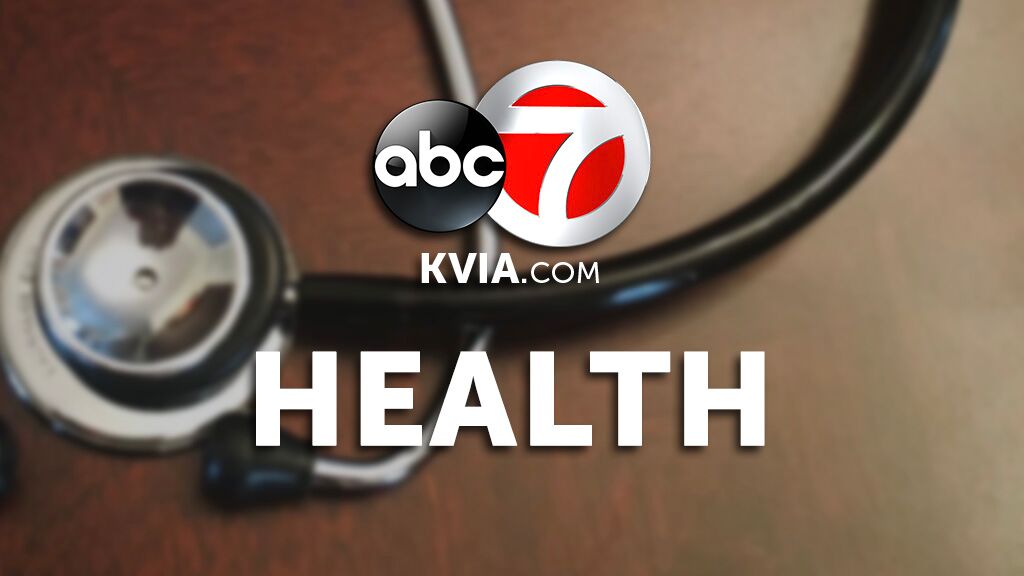Did ’13 Reasons Why’ lead to a spike in adolescent suicides? Researchers are divided

When Netflix debuted “13 Reasons Why” in 2017, some mental health experts argued the show was “dangerous” for its depiction of teen suicide.
That argument was backed by a prominent Nationwide Children’s Hospital study in 2019, which found that the rate of suicide among 10- to 17-year-old boys surged in the month after the show’s premiere.
But a new study published Thursday by a different author, examined the same data as the 2019 study — and came up with a different result.
Research Director Daniel Romer of the Annenberg Public Policy Center at the University of Pennsylvania reanalyzed the data while adjusting for the broader increase in suicide between 2013 and 2017. His study was published in PLOS One, a peer-reviewed journal published by the Public Library of Science.
In a statement to CNN, the lead author on the 2019 study, Jeff Bridge, said “We stand firmly behind our study results and look forward to evaluating Romer’s reanalysis.”
A researcher reanalyzed the data
When Romer took away the larger trend, he then looked at what was left over to determine if the show actually had an effect on the number of suicides, he told CNN.
For boys between the ages of 10 and 17, Romer did find a bump in suicides — but it had begun in March and went into April. The show debuted March 31, 2017.
“When you have a jump in suicides starting in March and going into April, it’s hard to say it’s because of the show,” he said.
Meanwhile, for 10- to 17-year-old girls, Romer said there was a small increase, though so small, that it’s not actually statistically significant. It could have been because of the show, but because the jump isn’t statistically significant, they can’t say for sure, he said.
Show producers should ‘recognize the potential for harm,’ researcher says
It’s possible the effect for girls was more evident in self harm, which wouldn’t necessarily result in more suicide, Romer notes in the study. And he said the show should’ve had a bigger impact on girls anyway, because it focuses on the suicide of a high school girl.
Another study Romer conducted last year found that the second season of the show may have resulted in beneficial responses: The viewers were less immediately suicidal after the show than those who didn’t watch at all and were more sympathetic to helping a person in a suicidal crisis. But Romer still said producers of the show should “recognize the potential for harm to vulnerable audience members.”
He also maintained that the show did not reverse or slow down the persistent increase in adolescent suicide.
“13 Reasons Why” is based on bestselling author Jay Asher’s 2007 young adult book of the same title, following the story of a teenage girl who leaves behind 13 audio recordings on cassette tapes before killing herself. Each tape is addressed to a person who she says played a role in her decision to die.
Upon the release of the 2019 NCH study, Netflix said in a statement, “This is a critically important topic and we have worked hard to ensure that we handle this sensitive issue responsibly.”
The streaming company also removed a graphic suicide scene from the first season following criticism from mental health experts, and added a warning video to the start of each season.
2019 study found a 28.9% increase in suicides after show’s release
The original 2019 study by Nationwide Children’s Hospital researchers measured monthly and annual rates of suicide reported to the US Centers for Disease Control and Prevention from 2013 through 2017 among people ages 10 to 64. They then divided them into age groups.
At the time, researchers found that 10- to 17-year-old youths saw a 28.9% increase in suicide rates in April 2017 following the show’s release — after accounting for ongoing trends, according to the study.
“I take issue with their analysis which did not take into account the secular trend in suicide and the large increase that occurred in 2017 in young men. Indeed, their analysis essentially identified that departure and attributed it to the show,” Romer said in the study.
Bridge, director of the Center for Suicide Prevention and Research at Nationwide Children’s and professor of pediatrics, psychiatry and behavioral health at The Ohio State University College of Medicine, called Romer’s claim that their study didn’t take the larger secular trend in suicide “categorically false.”
